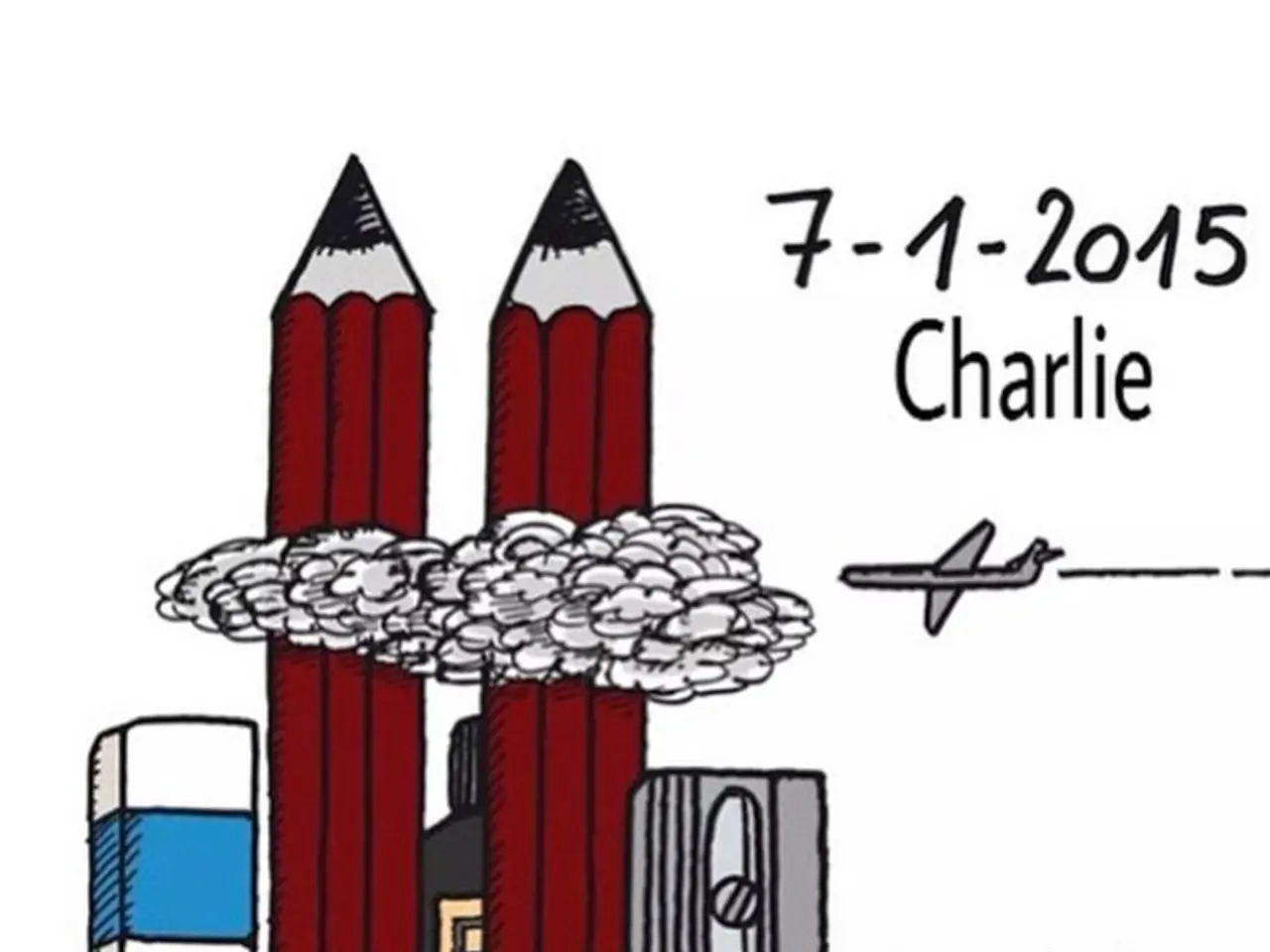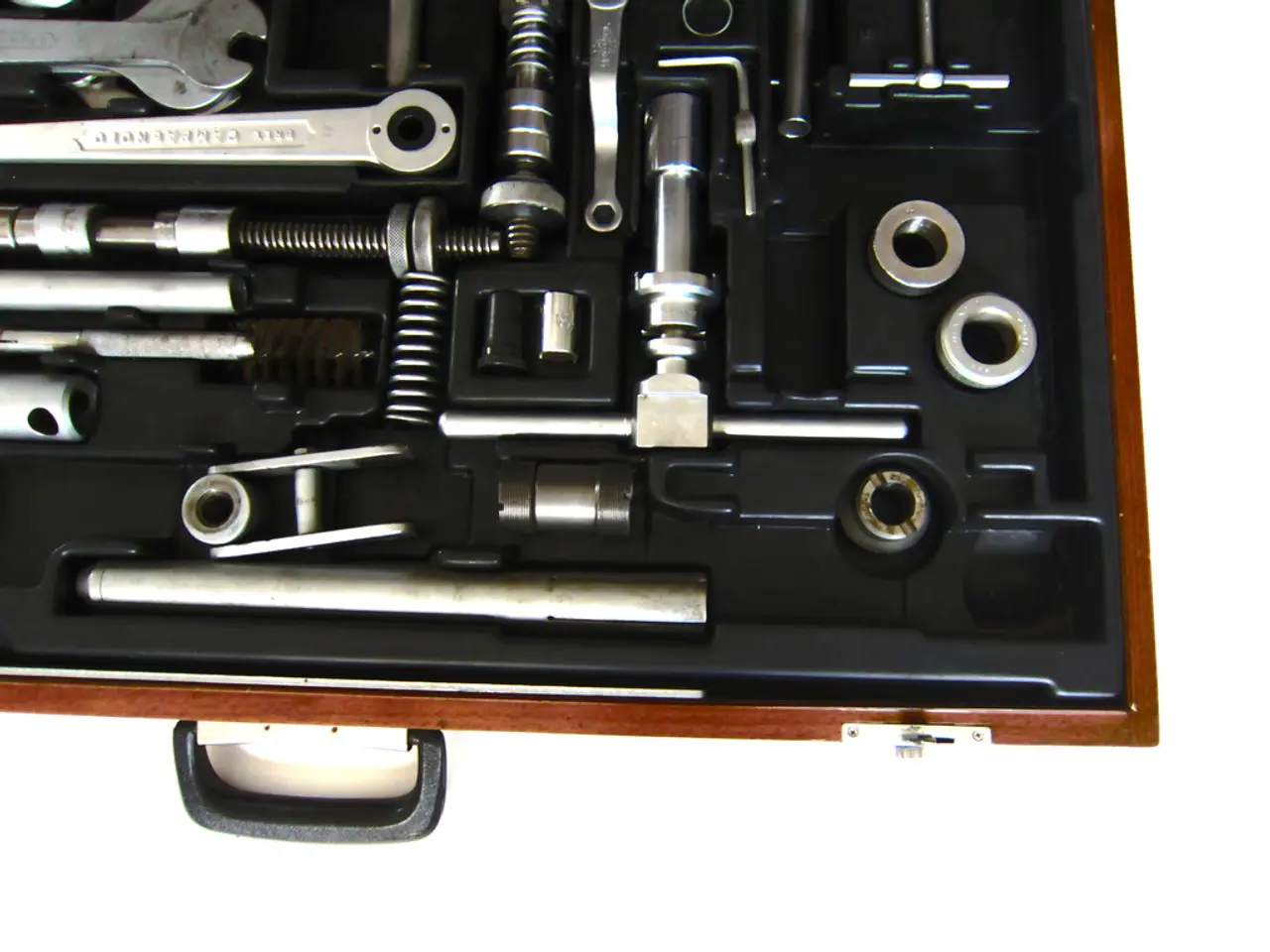U.S. residents curb #VanLife trend
In the aftermath of the COVID-19 pandemic, the demand for recreational vehicles (RVs) has witnessed a significant decline compared to 2021. This shift can be attributed to a variety of economic factors that have emerged in the post-pandemic period.
The initial surge in RV sales during the height of the pandemic began to level off as inflation rose, interest rates increased, and trade-in values declined. These elements created financial pressure for potential buyers, leading some to postpone or cancel their purchases of new RVs.
Higher interest rates and inflation made financing new RVs more expensive, reducing affordability. Elevated manufacturing and material costs kept new RV prices high despite some dealer discounts. In response, buyers increasingly turned to the used RV market, which offered lower prices, smaller loans, and less financial risk compared to new models.
This trend is evident in the statistics: the number of North American camping households owning an RV dropped from nearly 11.9 million in 2022 to just over 10 million in 2023, reflecting this demand decline.
The impact on RV-related stocks and manufacturers has mirrored the softer market conditions. Companies like Winnebago reported a decline in fiscal third-quarter revenue and profits in 2025 compared to the previous year, with net revenues down about 1.4% relative to 2024. Industry players highlighted the ongoing challenges linked to pricing pressures caused by tariffs, higher costs, and softer demand.
Despite these issues, some companies pointed to stronger performances in certain segments or brands. For instance, Winnebago's Newmar brand saw growth, but overall sales have cooled. Similarly, while RV manufacturer Thor Industries has suffered, it has fared better than some competitors.
The RV Industry Association expects RV sales in 2023 to be between 320,400 and 353,500 units, projecting a continued decline from the 2022 peak of approximately 333,733 units. This decline has led to more moderate revenue growth or declines for RV manufacturers and affected RV-related stocks negatively, reflecting cautious investor sentiment about the sector’s near-term prospects.
However, long-term demographic trends remain favorable for the RV industry. Millennials, in particular, are unlikely to abandon the RV lifestyle completely. If housing remains unaffordable, others may embrace the #VanLife out of necessity.
This article is based on factual information and aims to provide a clear and straightforward overview of the current state of the RV market. The decline in RV sales and related stock values is likely due to a combination of economic factors and changes in consumer behavior. As the market continues to evolve, it will be interesting to see how these trends develop in the coming years.
- The real estate market, with its housing affordability issues, might prompt more people to embrace the #VanLife as an alternative lifestyle.
- The stock market, specifically RV-related stocks, has been negatively affected due to the continued decline in RV sales and the near-term prospects of the RV industry.
- In the technology industry, advancements in camper van conversion and self-contained living spaces could potentially cater to the growing demographic shift towards the #VanLife.
- Inflation and increased interest rates have made financing new RVs more expensive and unaffordable for many, encouraging potential buyers to consider the used RV market instead.
- In the finance sector, this shift towards used RVs could indicate a broader trend of risk-averse investment strategies among consumers, particularly in expensive or luxury goods.
- In the business world, the ongoing challenges faced by RV manufacturers and sellers, such as pricing pressures and soft demand, have prompted some companies to focus on specific segments or brands with more favorable performance.



